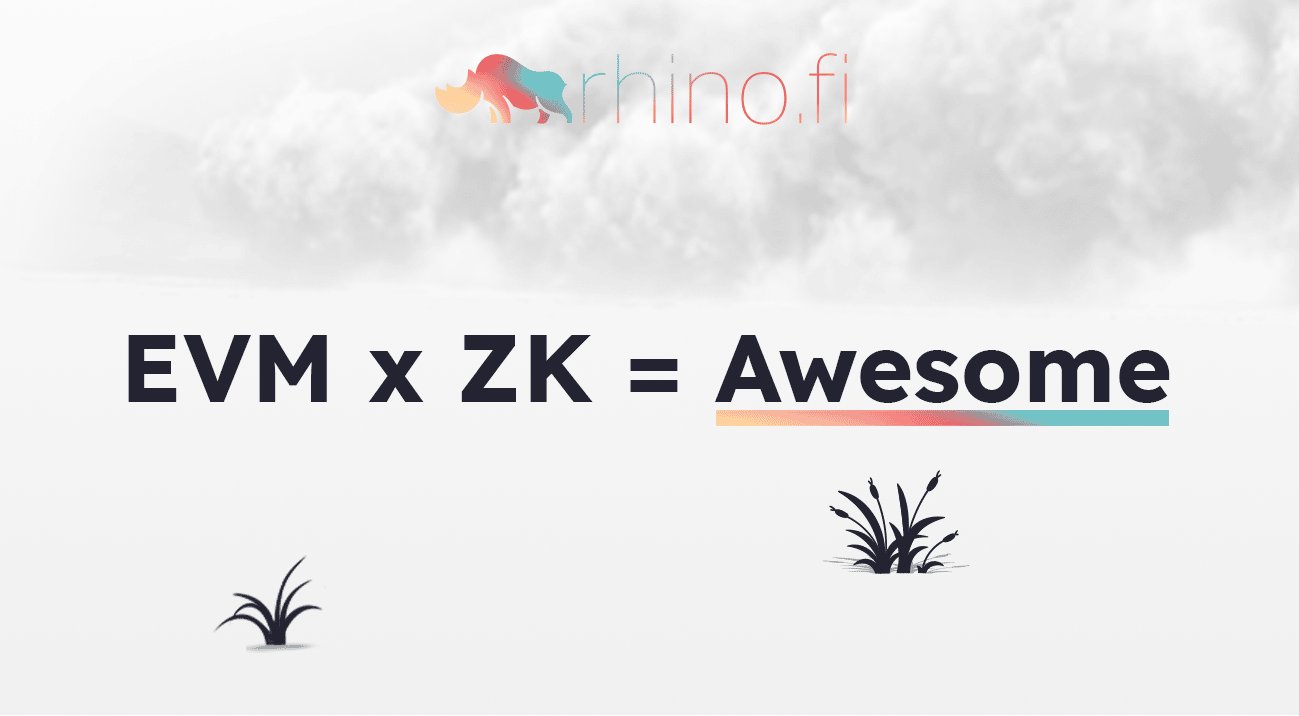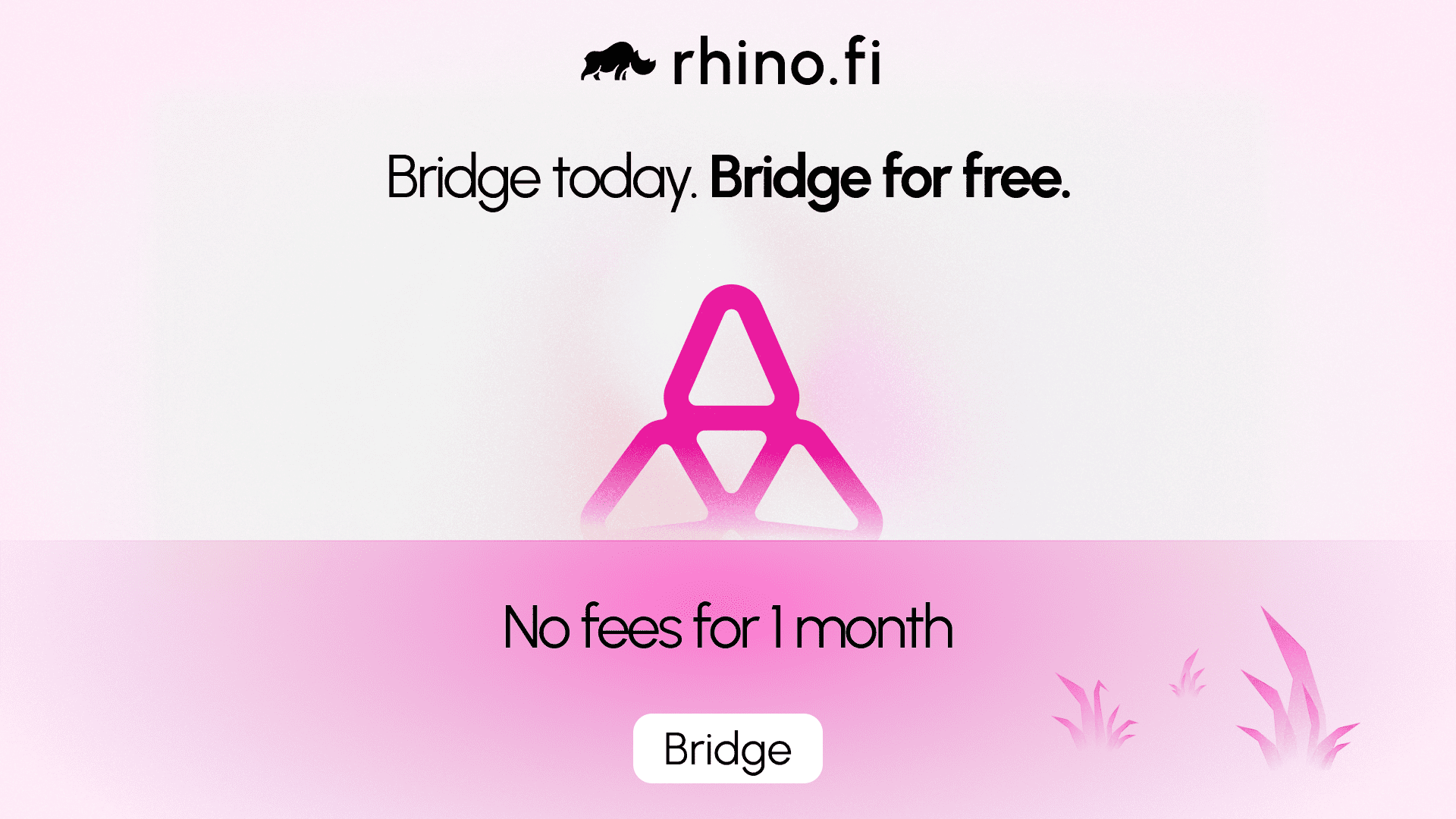Zero Knowledge (ZK) tech can solve Ethereum’s scalability puzzle. This validation concept has the potential to increase the network’s transaction capacity from 15 to 100,000 per second and trigger a huge reduction in frustrating gas fees.
All it needs, in actual fact, is to be compatible with Ethereum itself.
Specifically, it needs to be compatible with the Ethereum Virtual Machine (EVM), which defines the rules for the blockchain’s smart contracts and thus provides a framework for developers to build decentralised applications on Ethereum and several other chains.
The EVM, and its main programming language Solidity, have existed since 2014. This means there is a rich ecosystem of existing tools, smart-contracts and applications that are written specifically for it. When new chains or rollups launch with EVM support, developers can instantly start deploying applications, without needing to learn new skills, or even write new code.
So during EthCC, Ethereum’s recent flagship summit in Paris, it was hugely exciting to see three scaling projects, totally unaffiliated to one another, announce EVM-compatible ZK rollups – protocols that execute transactions off the main blockchain, but periodically send the records to a smart contract on the primary network.
First, Polygon, one of our favourite ecosystems on layer 2, announced that it had built the first-ever EVM-compatible ZK scaling solution. Then, just a few hours later, Matter Labs, creator of the zkSync rollup, announced that it will bring a new EVM-compatible version to Ethereum mainnet within 100 days. Finally Scroll, a project which describes itself as a ‘native zkEVM’ announced that it had reached pre-alpha stage.
What this means, in a nutshell, is that developers now have a framework to build ZK-powered decentralised apps that work on the Ethereum blockchain. With no additional work from application builders, their existing smart contracts will instantly be able to handle 100,000 transactions per second while still inheriting the security that Ethereum is famous for.
These new projects have the potential to transform our experience of layer 1 Ethereum. Polygon, for example, claims it can slash current layer 1 costs by up to 90%. Ahead of the much-publicised Merge, this is another huge step toward making Ethereum as agile as it is secure.
Why we need ZK
ZK technology enables us to verify transactions without decrypting them. In other words, it can prove the legitimacy of a transaction without revealing any details about the transaction itself.
Our recent RhinoLearn post explains this in detail, but essentially the technology works in two parts: a prover and a verifier.
The verifier sets the prover a series of highly complex mathematical challenges, the answers to which can only be known if the prover has followed the correct computations to generate its proof. It’s a bit like following a maze with a series of codes on the way, and providing all the codes when you get out to show you’ve followed the correct route.
So ZK technology is extremely secure, and in some cases we can also keep transaction data private.
Even more importantly, when we update users’ balances, we can bundle all the transactions they’ve made into a single proof and submit this record to the Ethereum blockchain, rather than having to submit all the transactions individually.
In other words, we can do the vast majority of the work off-chain, and so minimise the gas costs that cause frustration to Ethereum users.
However, ZK has always been limited by the uniqueness of its code base.
Up till now, to build ZK technology, you needed to build your application in the language of the technology. For example, at rhino.fi, we’ve used Cairo to write the logic of our platform.
However, to build on Ethereum and other EVM-compatible blockchains (like Fantom, Avalanche and Cardano), developers need to write their code using Solidity, which is specifically designed to write EVM smart contracts.
This creates a rather obvious block. But the advances made by Scroll, Polygon and zkSync promise to remove this block.
Now, dApp-builders can incorporate the brilliance of ZK without having to update their existing code. As long as your app is EVM-compatible, you’re ready to migrate.
What this means for rhino.fi
You might think this is bad news for rhino.fi: one of our main USPs (up to now) has been the freedom we provide from gas fees on layer 2. If dApps can now provide a faster, cheaper experience on layer 1, that undermines our advantage, right?
Well that’s not how we see it.
We’ve evolved from a pure-play trading exchange to a frictionless multi-chain DeFi hub, allowing users to move seamlessly from one chain to another without the hassle of front-end bridges or network switches. We don’t see anyone else offering this freedom anytime soon.
But, more than that, we want blockchain technology to be easier for everyone, no matter which chain, app or ecosystem they use. And we want Ethereum to be the centrepiece.
By enabling dApp developers everywhere to build ZK technology into their apps, we feel the blockchain world has taken another giant step forward.
We can’t wait to see where the next one lands.





